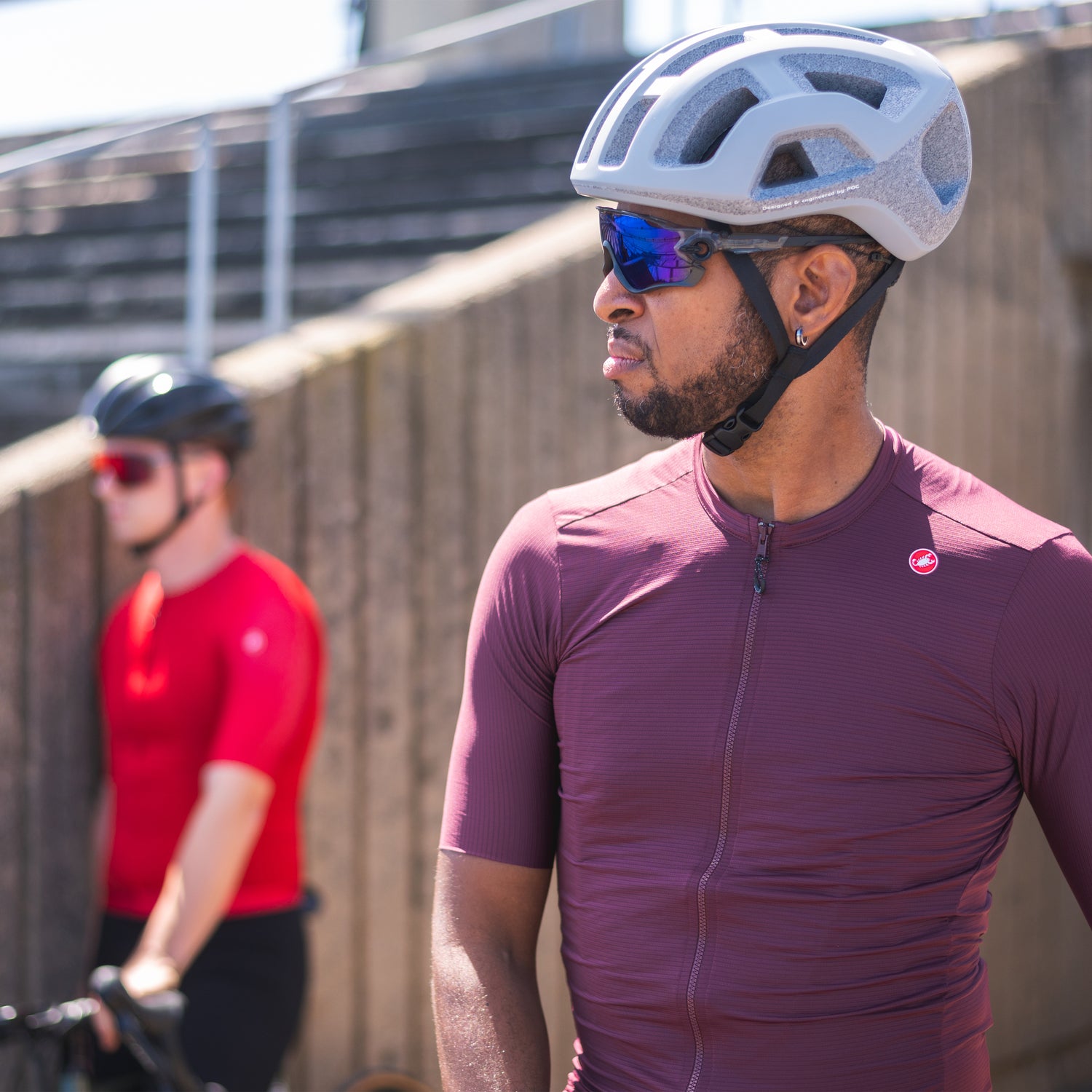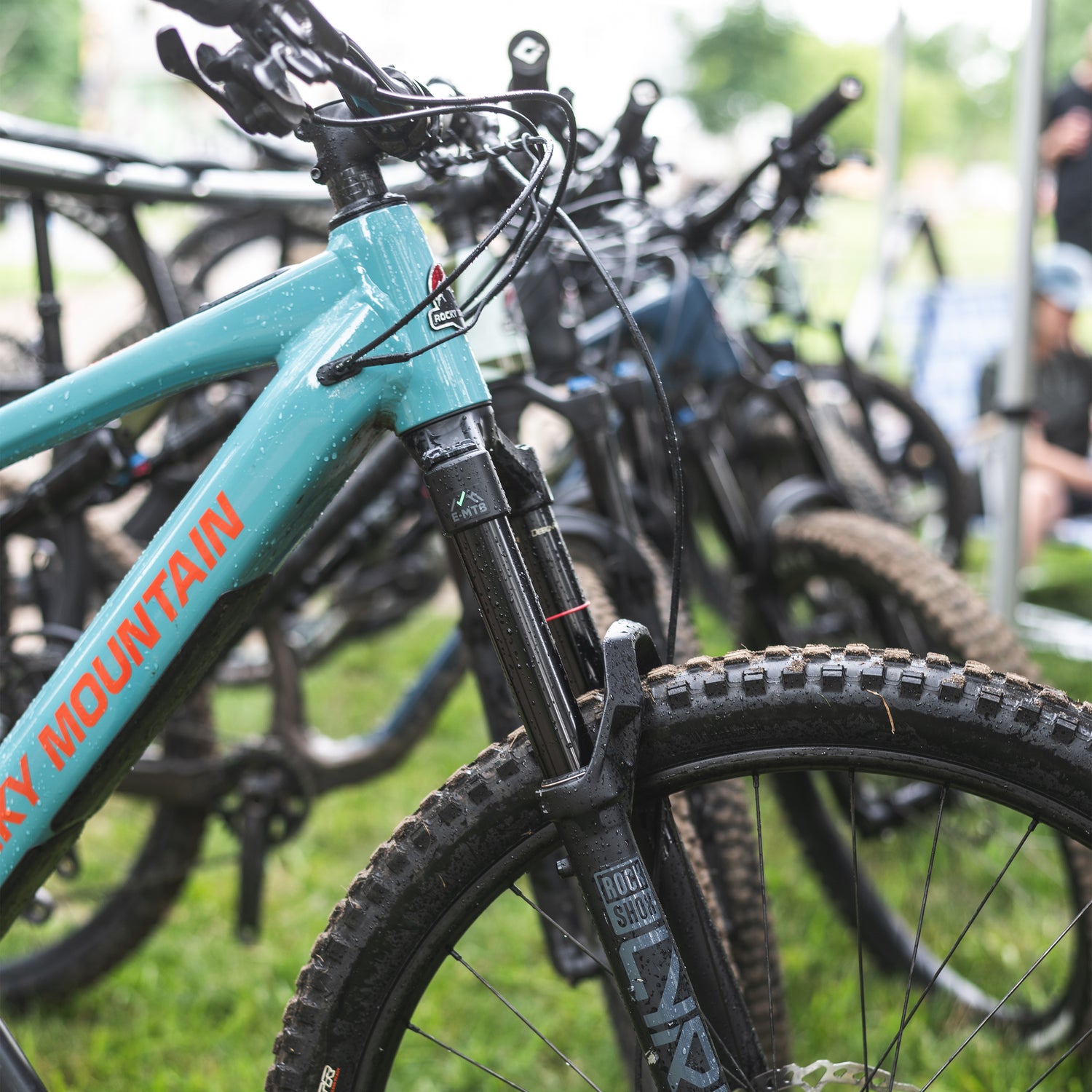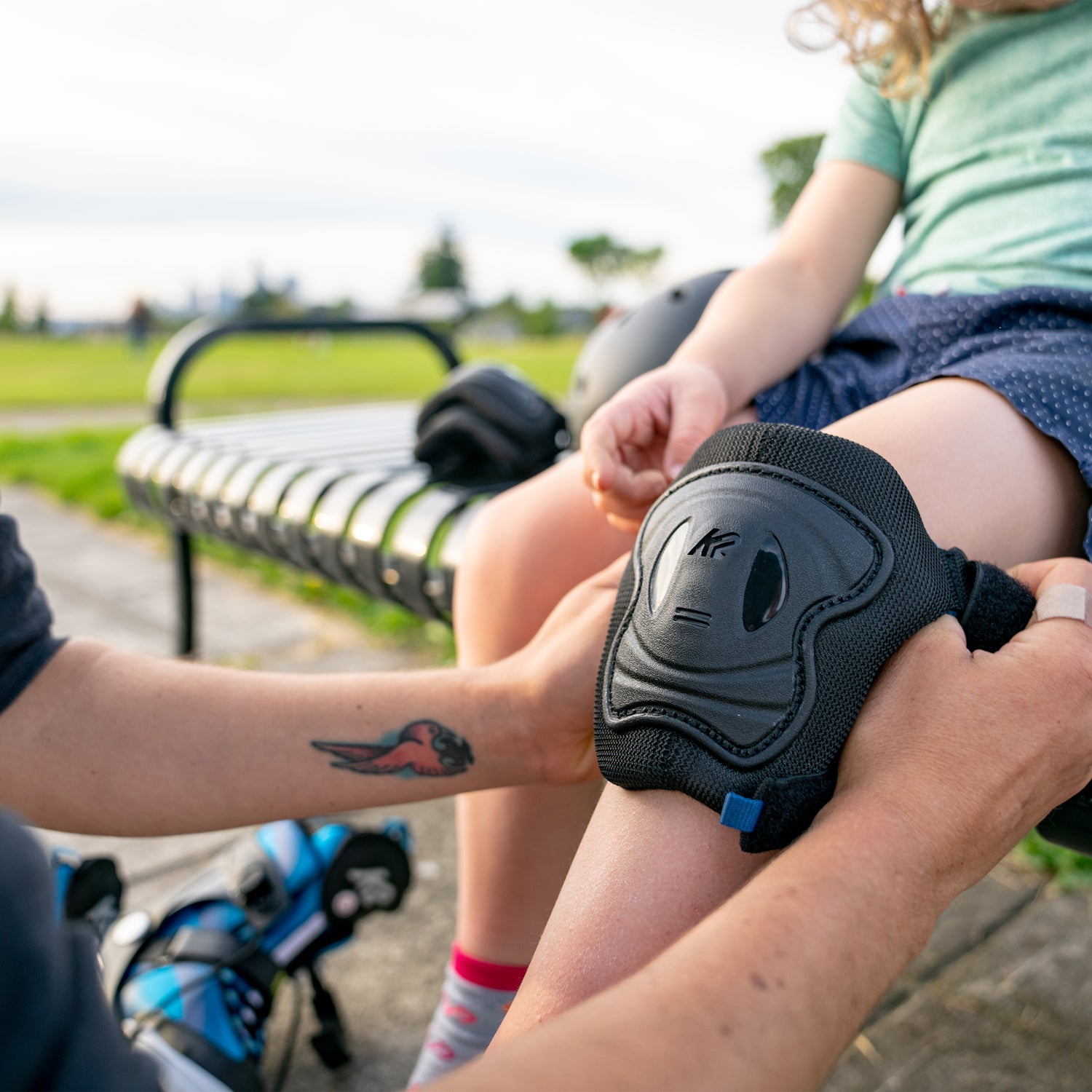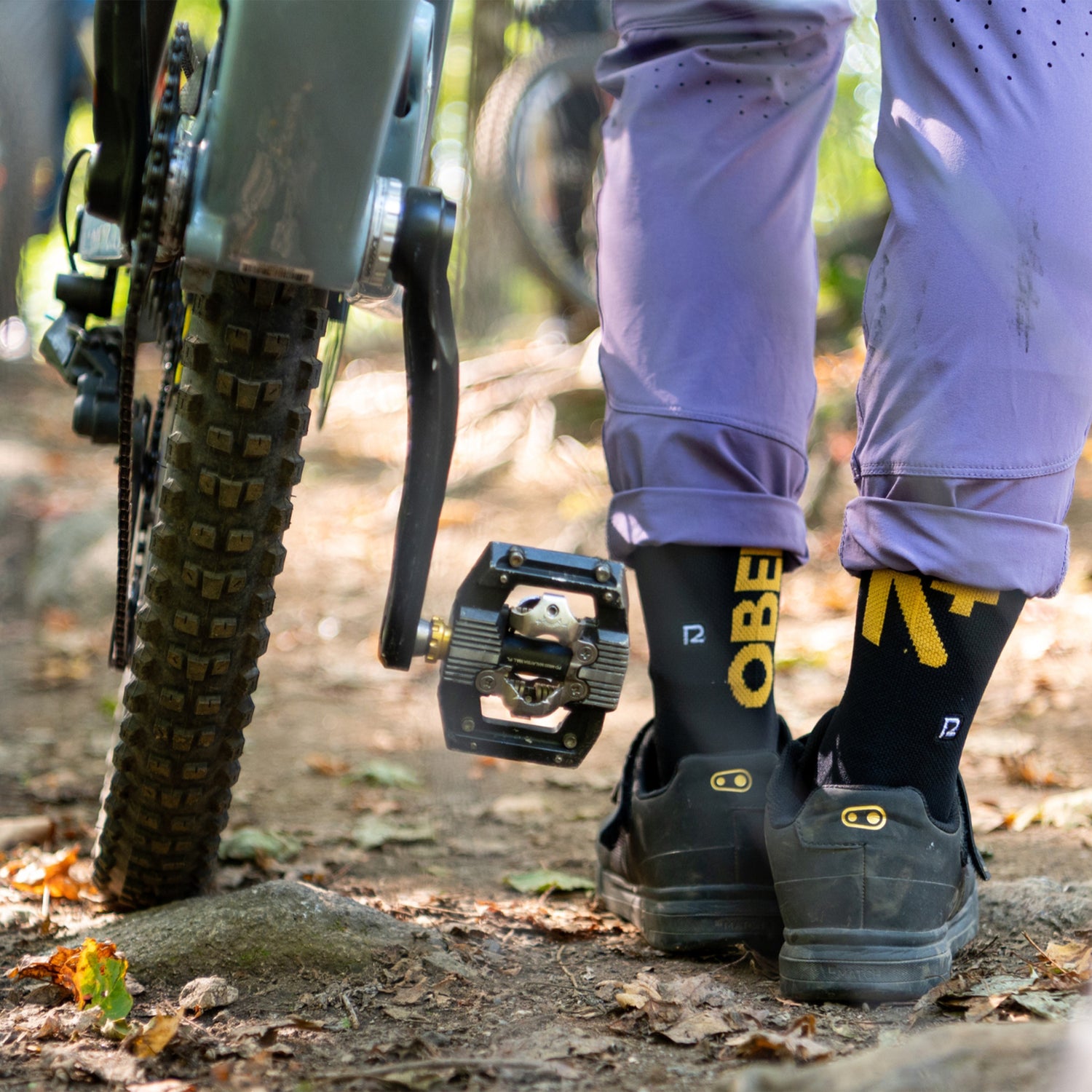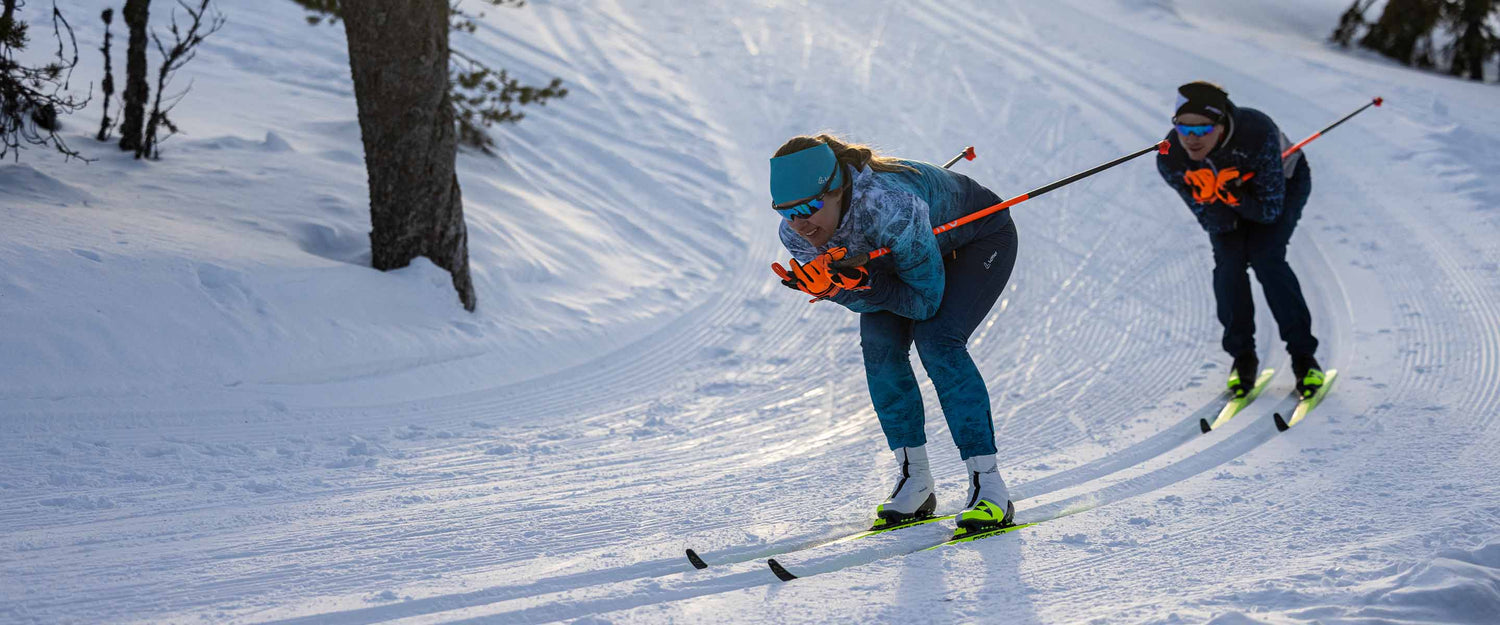1. Classic Cross-Country Skis
Classic cross-country skis are designed for groomed trails. Their sidecut gives cross-country skiers better control and braking. They’re available in various sidecuts that are measured at the tip, not the waist like alpine skis.
Cross-country skis’ construction allows you to ski on groomed tracks thanks to a kick and glide movement. You should choose classic cross-country skis based on your skill level so that you have the best possible experience on the trails.

Classic Cross-Country Ski Bases: Scales, Half Skins or Wax?
Waxable bases have been quietly disappearing over the past few years. Only professional racing skis still have them. Waxable bases have been replaced by skins on the kick zone that glide as well as they grip. In addition, some classic cross-country skis are built with scales on the kick zone that also have a good grip-to-glide ratio.
Cross-country ski bases are divided into three sections: glide zones at the ends and a kick zone under the waist. The scales or half skins are found in the central section, which is the kick zone.
How to Choose Cross-Country Ski Length?
Your skill level, height and weight influence your choice of ski length. To get started, check out the manufacturers’ size charts and go with the right cross-country ski for your weight. Then adjust the selection based on your skill level and height. If you’re new to cross-country skiing, choose a shorter size when your weight gives you the choice between two lengths.
Classic Cross-Country Ski Camber
Flex and camber—namely, the natural positive curve formed under the waist when the ski is placed on the ground without any pressure—should be chosen based on your weight and skill level. The more rigid the ski, the more dynamic the thrust will be when you kick. For that reason, rigid skis don’t work well for beginners. Camber is an important point to consider when choosing cross-country skis.
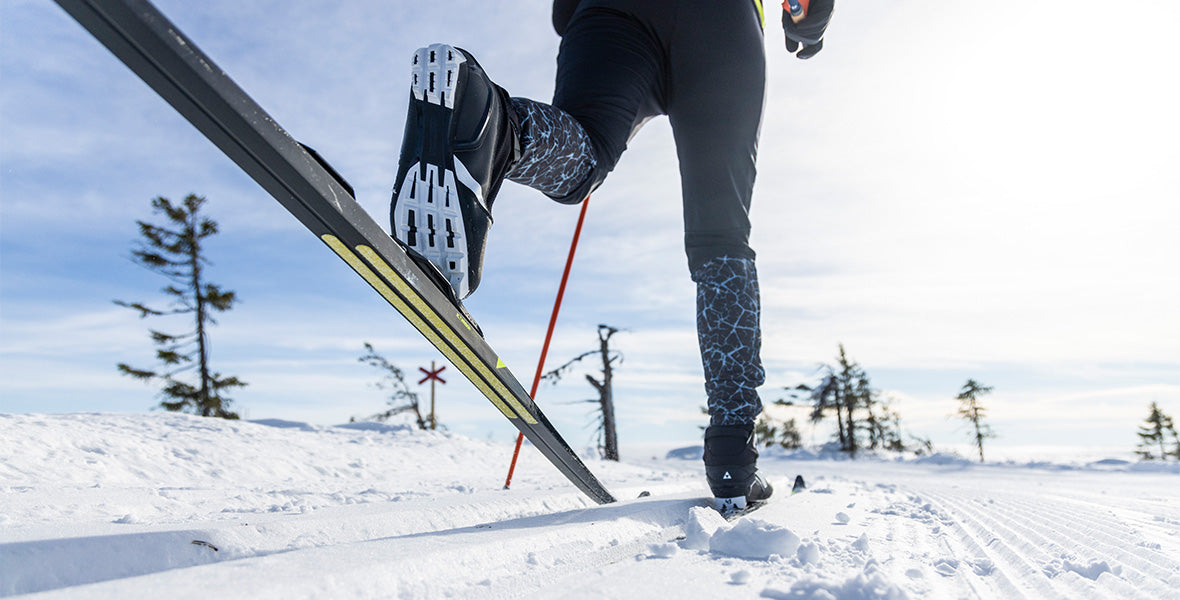
2. Cross-Country Ski Boots
Cross-country ski boots can be shorter or higher. The height of the boot cuff affects support and mobility. Higher cross-country ski boots are more stable and provide better ankle support. They’re perfect for cross-country skiers who have a weakness in that joint.
Lower boots offer superior performance because they provide a greater range of motion. This flexibility gives you more kick.
You can also choose a combination boot, which provides good mobility with a little more support thanks to some reinforcement at the ankles. Classic cross-country ski boots meet standards that allow compatibility with bindings.

3. Classic Cross-Country Ski Bindings
Prolink, NNN® and Turnamic® are compatible with each other, while SNS can only be combined with a binding of the same type. In recent years, all manufacturers have complied with the NNN® standard.
All boots are compatible with all bindings. However, each ski has a specific binding for its model. You should buy that binding with the chosen cross-country ski if it’s not included.
Shop Cross-Country Ski Bindings
4. Classic Cross-Country Ski Poles
Classic cross-country ski poles are an important part of your equipment. When selected based on your height, they give you more thrust when you’re poling. The ideal size of a classic cross-country ski pole is between your armpit and the top of your shoulder. If you plan to go on long outings, you should consider the materials they are made of.
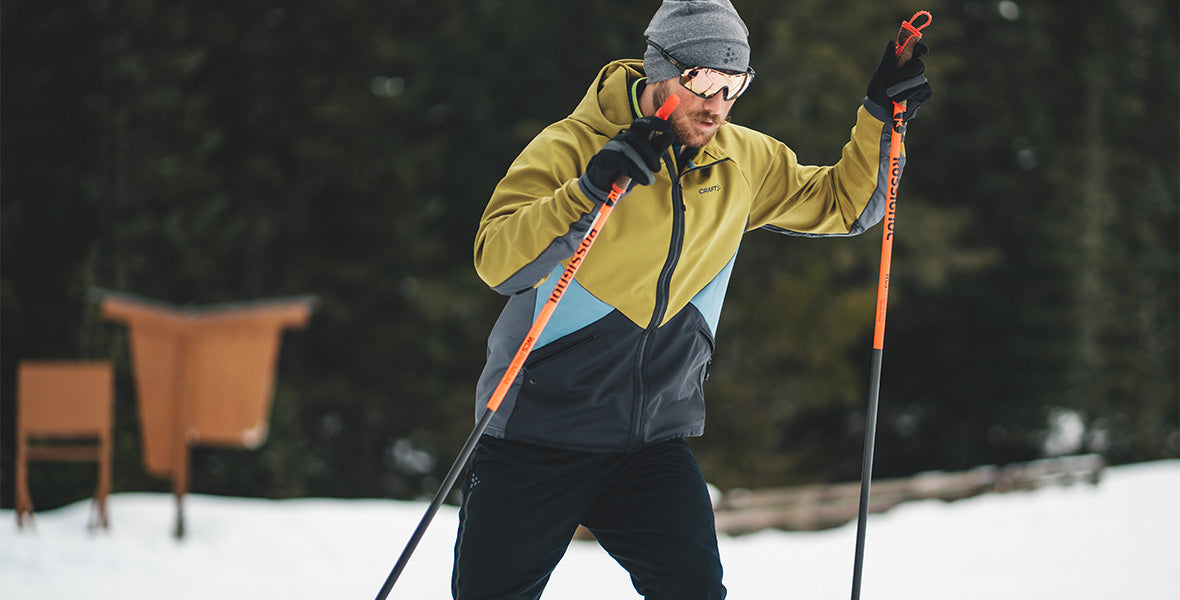
5. Dressing for Cross-Country Skiing: Choosing the Right Clothes
You don’t dress the same way for cross-country skiing as you would for downhill skiing. Since classic cross-country skiing is a fairly high-intensity activity, wearing multiple layers is key—a base layer, a mid layer as needed and an outer layer, which is usually a cross-country ski jacket.
Go with fitted, flexible clothing for both the upper and lower body. Depending on the temperature, a middle layer can be worn between your jacket and base layer. Choose breathable clothing—from your base layer to your jacket—and forget about cotton, which absorbs moisture. Your outer layer should be waterproof and protect you from the wind.
All your accessories, including your hat, neck warmer and gloves, should be slim fitting and breathable. You’ll notice that your body heat rises fast when you’re skiing, and you don’t want to get soaked. Cross-country skiing is much more enjoyable with the right gear and clothes.
If you’re interested in learning more about cross-country ski clothing, read our article Choosing the Right Cross-country Ski Clothing.
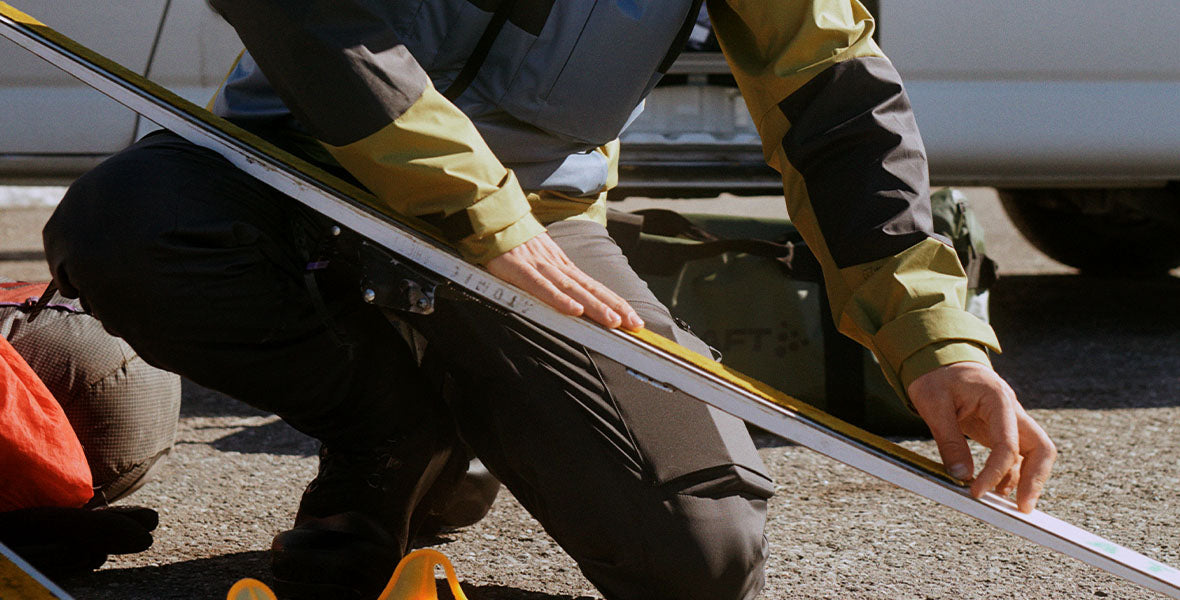
Tips for Getting Started in Cross-Country Skiing: The Best Cross-Country Gear for Beginners
- Skis with a softer flex
- Skis with less camber
- Wider skis
- Shorter skis
- Higher boots for more stability
